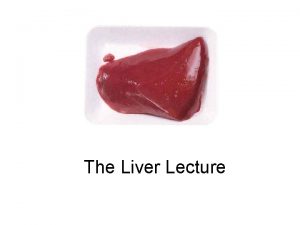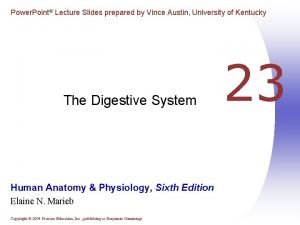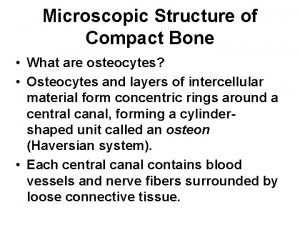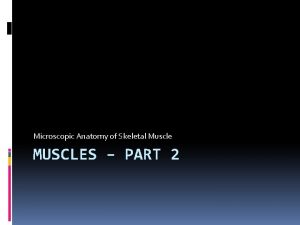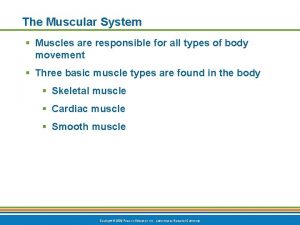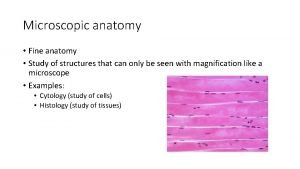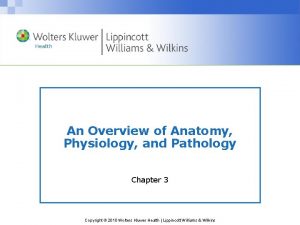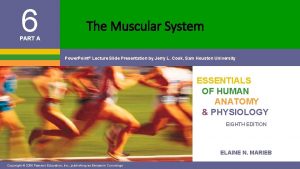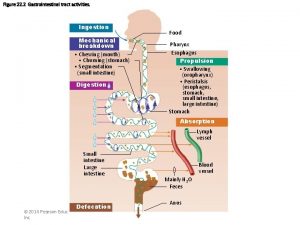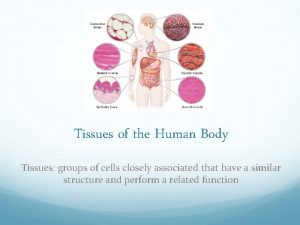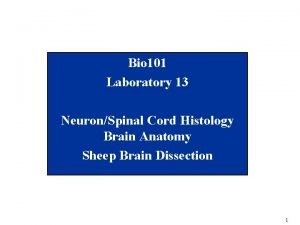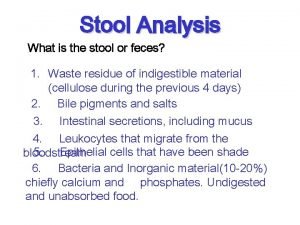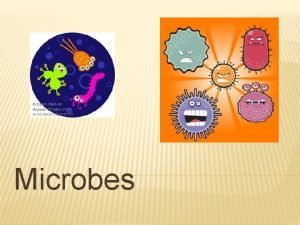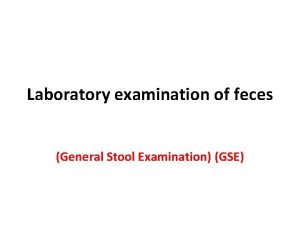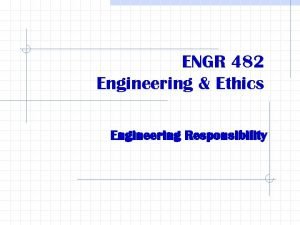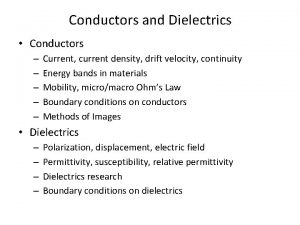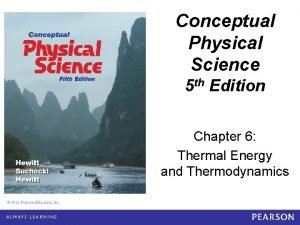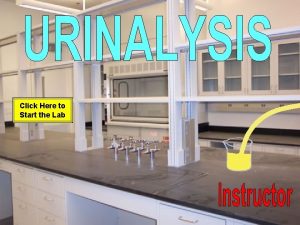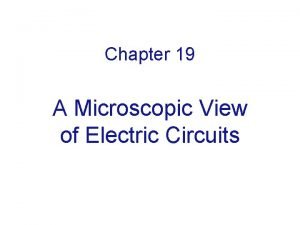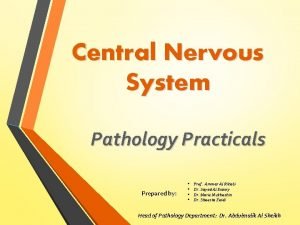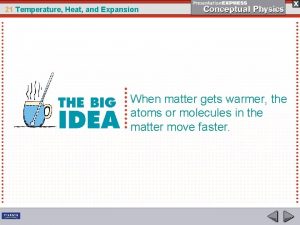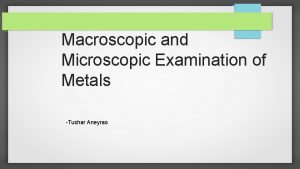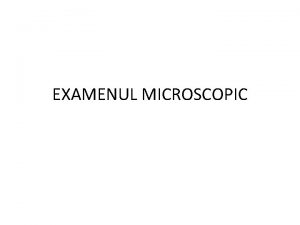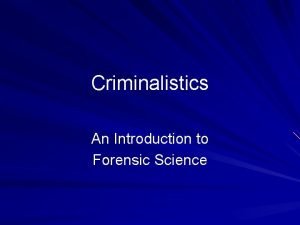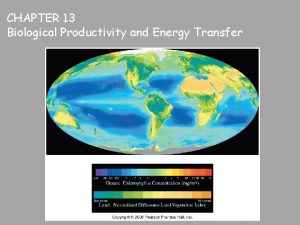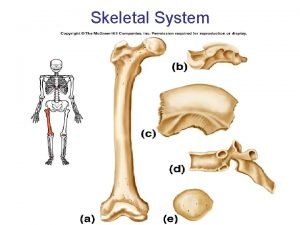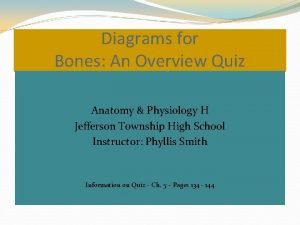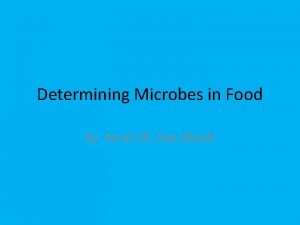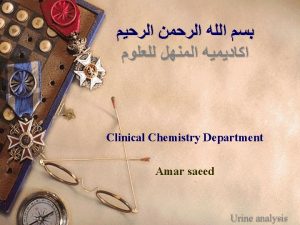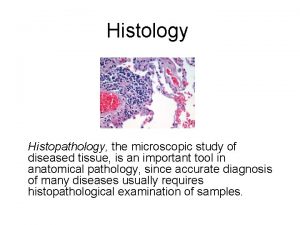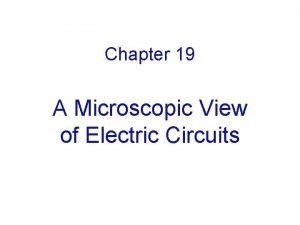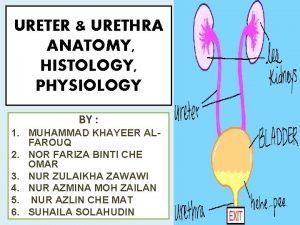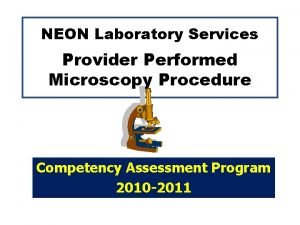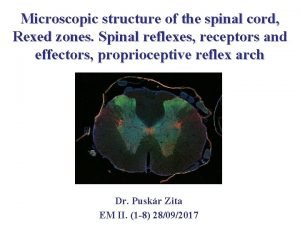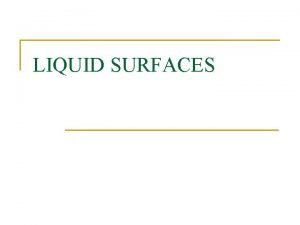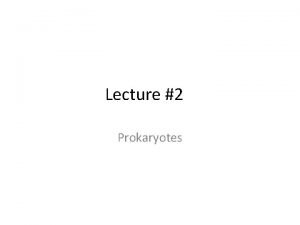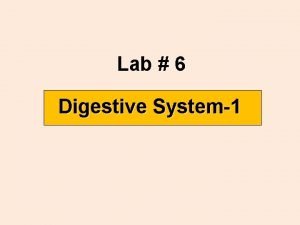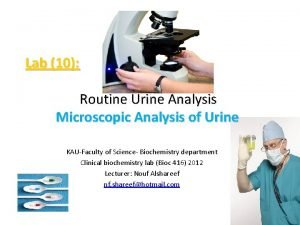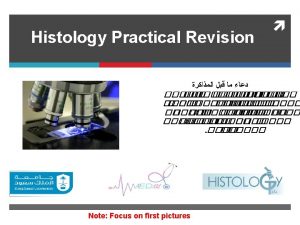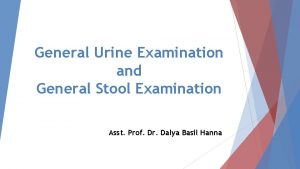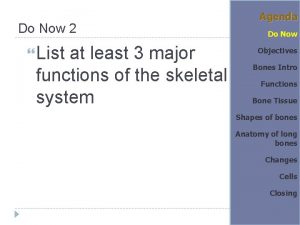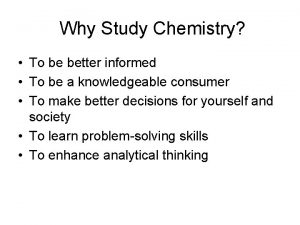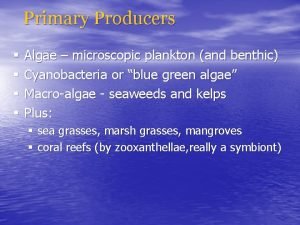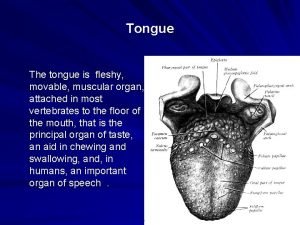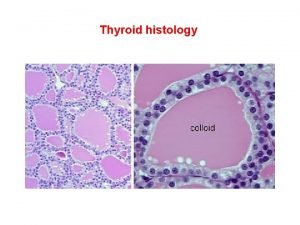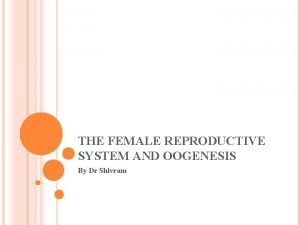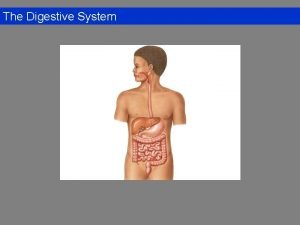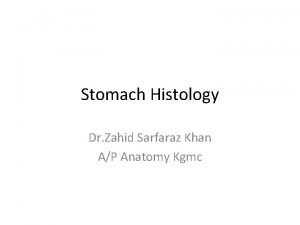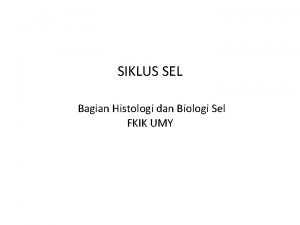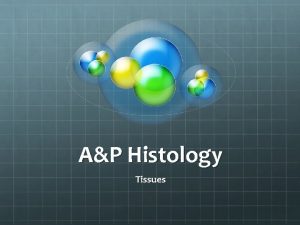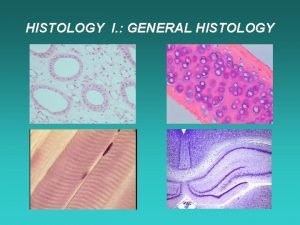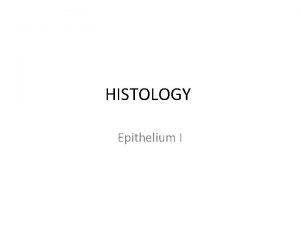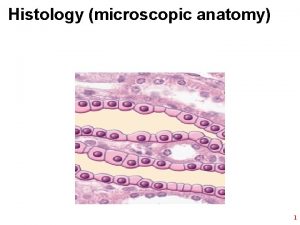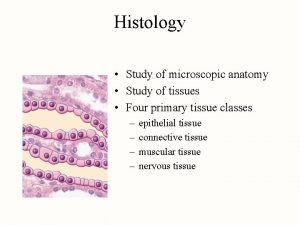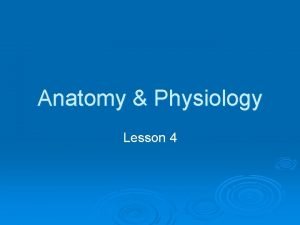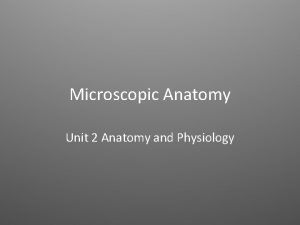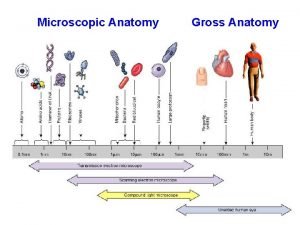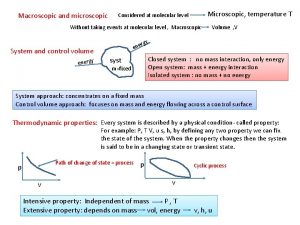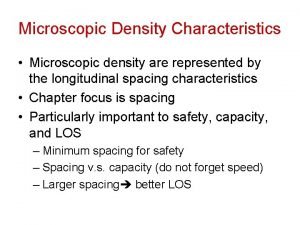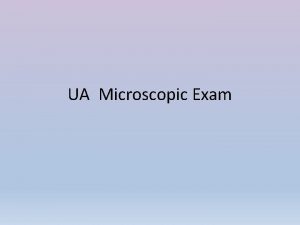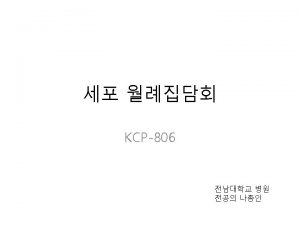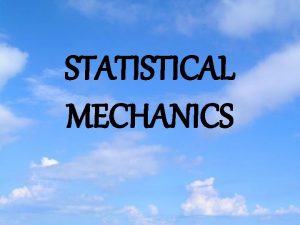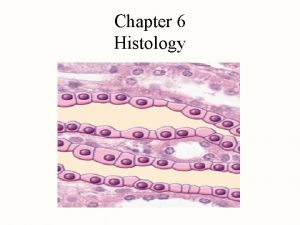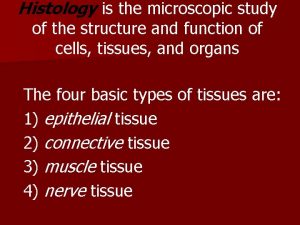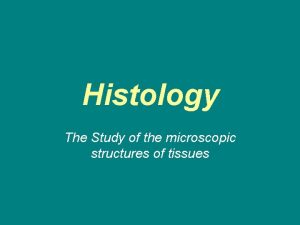Chapter 5 Histology microscopic anatomy 1 Ch 5






























































- Slides: 62

Chapter 5 -- Histology (microscopic anatomy) 1

Ch. 5 Study Guide 1. Read Chapter 5 up to page 170 right before 5. 4 Nervous and Muscular Tissue 2. Comprehend Terminology (those in bold in the textbook) 3. Study-- Figure questions, Think About It questions, and Before You Go On (sectionending) questions 4. Do end-of-chapter questions ü Testing Your Recall— 1 -4, 6 -10, 13, 17, 18, 20 ü True or False– 1, 2, 5, 6, 10 ü Testing Your Comprehension-- #4, #5 2

5. 1 --The study of tissues 3

§ The Study of Tissues 1. Whole body contains only 200 different types of cells 2. Four tissue classes (Def. of tissue--? ) See Table 5. 1. 3. Histology (microscopic anatomy) – study of tissues and how they form organs 4. Organ = structure with discrete boundaries – composed of 2 or more tissue types – Examples: 4

§ Differences among 4 Tissue Classes 1. Types and functions of cells- • For example: Epithelial, CT, Nervous, Muscular 2. Characteristics of the matrix (extracellular material) • Rubbery, stony, or gelatinous 3. Relative amount of space occupied by cells versus matrix • CT vs. muscle and epithelium 5

§ Embryonic Tissues 1. Embryo begins as a single cell – divides into many cells that form layers (strata) 2. Three primary germ layers A. ectoderm (outer) gives rise to: epidermis + nervous system B. endoderm (inner): mucous membranes: GI tract and respiratory linings; digestive glands. C. mesoderm (middle) forms mesenchyme (gelatinuous tissue) and then give rise to muscle, bone, and blood 6

§ Tissue Sectioning (1) 1. Preparation of histological specimens – fixation – sections – mounted on slides & stained 2. Sectioning (slicing) an organ or tissue reduces a 3 -dimensional structure to a 2 dimensional slice (see the next 3 slides) 7

Tissue Sectioning (2) 1 2 3 4 5 1 2 • Slices 1 & 5 miss the yolk / cell nucleus 5 3 4 • Cell nucleus is smaller in sections 2 & 4 8

Tissue Sectioning (3) A B • Image A is a cross section of elbow macaroni, resembling a blood vessel, piece of gut, or other tubular organ. • Image B is a longitudinal section of a sweat gland. Notice what a single slice could look like 9

§ Types of Tissue Sections (1) • Longitudinal section – tissue cut along the longest direction of an organ • Cross section – tissue cut perpendicular to the length of an organ • Oblique section – tissue cut at an angle between a cross & longitudinal section 10

Types of Tissue Sections (2) Practice at home. • Would you classify the egg sections as longitudinal, cross, or oblique sections? • How would the egg look if sectioned in the other two planes? (Fig. 5. 2 question) 11

5. 2 --Epithelial tissue 12

§ Epithelial Tissue Introduction (1) 1. One or more layers of closely adhering cells 2. (Top) Forms a flat sheet with the upper (______) surface exposed to the environment or an internal body cavity 3. (Bottom) Sits on basement membrane (basal surface of cells); Fig. X – anchors epithelium to underlying connective tissue 4. (Nourishment) No room for blood vessels; . . . CT 13

What are the functions of the basement membrane? 14

§ Epithelial Tissue Introduction (2) Arrangement and Cell Shape— 1. Simple epithelium – contains one layer of cells – named by shape of cells 2. Stratified epithelium – contains more than one layer – named by shape of apical cells Fig. 5. 3 15

16

§ 1. Simple Squamous Epithelium— 17

1. (Structure) Single row of flat cells (scaly) 2. (Functions) Allows rapid diffusion of substances; secretes serous fluid 3. (Locations) in alveoli, glomerular capsule, endothelium (blood vessels and heart), and serosa (external surface) such as stomach & intestines 18

§ 2. Simple Cuboidal Epithelium— 1. (Structure) Single row of cube-shaped cells, often with microvilli 2. (Functions) Absorption & secretion; produces mucus 3. (Locations) Liver, thyroid, mammary, salivary and other glands, bronchioles, and most kidney tubules Fig. 5. 5 19

20

§ 3. Simple Columnar Epithelium— 1. (Structure) Single row of tall, narrow cells – vertically oriented, oval nuclei in basal half of cell 2. (Functions) Absorption & secretion; secretion of mucus 3. (Locations) Inner lining of GI tract from stomach to the anus; ducts of gallbladder; uterus, and uterine tubes; some kidney tubes; a few portions of upper respiratory tract 21

22

§ 4. Pseudostratified Epithelium— 1. (Structure) Single row of cells not all of which reach the free surface; nuclei at different levels. 2. (Functions) secretes propels mucus 3. (Locations) most of the upper respiratory system from nasal cavity to bronchi; part of male urethra Fig. 5. 7 23

24

§ Stratified Epithelia • Composed of more than one layer of cells & named for shape of _____ cells • Deepest cells sit on basement membrane 25

§ 5 A. Keratinized Stratified Squamous Fig. 5. 8 Skin from the sole of the foot • Layers of epithelium covered with compact, ______ squamous cells (no nuclei) packed with protein keratin • Retards water loss, prevents entrance of organisms • Forms epidermal layer of skin (esp. soles and palms) 26

§ 5 B. Nonkeratinized Stratified Squamous Epithelial layer Fig. 5. 9 Mucosa of the vagina • Multilayered epithelium that lacks surface layer of dead cells forming moist, slippery layer • Locations: tongue, oral mucosa, esophagus & vagina 27

Pap smear/test • • What? Examination of exfoliated cells Where? The cervix Why? How? Loose cells are examined microscopically for abnormal cells • Who? Between 30 -50 years old Fig. 28. 5 28

Fig. 28. 5—Pap smears Which one is normal cells? 29

§ 6. Stratified Cuboidal Epithelium Fig. 5. 10—Sweat gland ducts • (Structure) Two or more layers of cells; surface cells square or round • (Functions) Secretion and production • (Locations) Sweat glands, mammary glands, salivary glands, ovarian follicles, seminiferous tubules 30

§ 7. Transitional Epithelium 1. (Structure) Multilayered epithelium with rounded (not flattened) surface cells 2. (Functions) Allow stretches and distension 3. (Locations) Urinary tract--part of kidney, ureter, urinary bladder, part of the urethra Fig. X 31

32

Qs from Before You Go On (p. 162) üDistinguish between simple and stratified epithelia. Explain why pseudostratified columnar epithelium belongs in the former category? üDistinguish a stratified squamous epithelium from a transitional epithelium. üHow do the epithelia of the esophagus and stomach differ? Respective functions? 33

5. 3 --Connective tissue 34

§ Connective Tissue (CT) Overview • Most abundant and variable tissue type • 3 structural elements – – Consists mostly of (a) G____; (b) F_______ – (c) with widely spaced cells • Functions of CT: – Binding of organs --Ex. a tendon connects muscle to bone – Support, protection, movement -- Ex. bones – Storage – (energy, electrolytes) Ex. Fats/bones – Transport -- Ex. Blood 35

§ 1. Ground Substance of C. T. • Gelatinous or rubbery material found in between cells – Function? • Consists of 3 classes of large molecules – Glycosaminoglycans (GAGs) – • Polysacharides that attract sodium & hold water • Ex. -- – Proteoglycan is bottlebrush-shaped molecule • Forms thick gel that slows the spread of pathogens – Cell adhesive glycoproteins • Allow themselves bind to matrix elements 36

§ 2. Fibers of C. T. • Collagen fibers--called white fibers (Fig. 5. 13) – Most abundant protein of the body – Thick, tough, resist stretch yet flexible – Ex. tendons, ligaments & dermis • Elastic fibers--called yellow fibers – made of E______; recoil like rubberband (elasticity) – Ex. skin, lungs & arteries; ability to recoil • Reticular fibers – Thin collagen fibers coated with glycoprotein – Ex. form framework for spleen & lymph nodes 37

Collagen Tendons (collagen) Figure 5. 13

§ 3. Cells of C. T. • Fibroblasts -- produce fibers & ground substance • WBCs -- wander (mostly in CT) in search of bacteria – Macrophages – large phagocytic cells-- arise from monocytes (WBC); function? phagocytosis – Plasma cells -- arise from lymphocytes; antibodyproducing cells • Mast cells – oval shaped; clustered along blood vessels; secrete heparin and histamine • Adipocytes or fat cells --store triglycerides 39

5. 3 --Connective tissue A. Fibrous CT 40

§ Five Types of Fibrous C. T. Divided into 2 broad categories: • Loose CT (3 slides followed) – contains MORE gel-like ground substance between cells – 3 types: A--areolar, B--reticular, C--adipose tissue • Dense CT (2 slides followed) – FIBERS fill the spaces between cells – 2 types varying in fiber orientation: D--dense regular, E--dense irregular 41

§ A-- Areolar Tissue Fig. Mesentery • Loose arrangement of collagenous and elastic fibers; scattered cell types; abundant ground substance • Locations-- Underlying all epithelia; surrounding 42 nerves, blood vessels, esophagus, trachea

§ B-- Reticular Tissue • Loose network of R_____ and cells • Forms structural supportive stroma for lymphatic organs • Locations-- lymph nodes, spleen, thymus & bone marrow Fig. Spleen 43

§ C-- Adipose Tissue (Fat) • Large, empty-looking cells dominate with thin margins; nucleus pressed against cell membrane; often very pale • Functions-- Energy storage, insulation, space filled as cushioning • Locations-- Subcutaneous fat beneath skin, breast, heart surface, surrounding organs Fig. 5. 18 44

Figure 5. 16 b Fig. Adipose tissue 45

§ D-- Dense Regular CT • Structure-- Mainly densely, PACKED, PARALLEL C_____FIBERS; compressed fibroblast nuclei; scanty open space and blood vessels • Locations-- Tendons & ligaments Figure 5. 16 46

D-- Dense Regular CT Fig. Tendon 47

§ E-- Dense Irregular CT • Densely packed collagen fibers running in ____ directions; scanty open space; few visible cells and blood vessels • Function-- Withstands stresses applied in MANY DIFFERENT DIRECTIONS • Locations-- Deeper portion of skin; capsules around organs (ex. Liver, kidney etc); sheaths around cartilages and bones Figure 5. 17 48

E-- Dense Irregular CT Fig. Dermis of the skin 49

5. 3 --Connective tissue B. Cartilage, Bone, Blood 50

§ Cartilage • Supportive CT with rubbery matrix • Chondroblasts produce matrix, surround themselves, and become Chondrocytes • No blood vessels; so diffusion must bring in nutrients & remove wastes; healing. . . • 3 types of cartilage depend upon FIBER TYPES – A--hyaline, B--elastic, and C--fibrocartilage 51

§ A-- Hyaline Cartilage • Clear, glassy matrix; invisible fine dispersed collagen fibers; chondrocytes in small clusters enclosed in lacunae • Supports airway, eases joint movements • Locations-- Over ends of bones at movable joints; sternal ends of ribs; supportive material in larynx, trachea, bronchi and fetal skeleton Fig. 5. 19 52

Figure 5. 19 b Fig. Fetal skeleton 53

§ B-- Elastic Cartilage • Hyaline cartilage with weblike mesh of elastic fibers amid the lacunae; always has perichondrium (a sheath of C. T. ) • Provides flexible, elastic support • Locations— Ear + Epiglottis • Fig. 5. 20 54

Figure 5. 20 b Fig. External ear 55

§ C-- Fibrocartilage • Cartilage containing extensive parallel Collagen fibers; never has perichondrium; row of chondrocytes in lacunae • Resists compression and absorbs shock in some joints • Locations-- Pubic symphysis, menisci (pads) in knee joint, & intervertebral discs Fig. 5. 21 56

Figure 5. 21 b Fig. Intervertebral disc 57

§ Bone (osseous tissue) • Spongy bone looks spongy in appearance – fills heads of long bones – delicate struts of bone – ALWAYS COVERED BY COMPACT BONE • Compact (dense) bone looks solid – No space visible to the naked eye – External surfaces of ALL bones 58

§ Compact bone • Calcified matrix in concentric lamellae around central (haversian) canal containing blood vessels • osteocytes in lacunae between lamellae connected by canaliculi— delicate narrowing canals. . . • Physical support; leverage for muscles; mineral storage • Locations-- in skeleton (Fig. 5. 22) 59

Canaliculi ? Fig. Compact bone 60

§ Blood • Variety of cells and cell fragments; some with nuclei & some without • RBC, WBC, platelets • Found in heart and blood vessels Fig. 5. 23 61

Fig. Blood smear 62
 Bile juice
Bile juice Art labeling activity figure 23.5
Art labeling activity figure 23.5 Microscopic anatomy of compact bone
Microscopic anatomy of compact bone Microscopic anatomy of skeletal muscles
Microscopic anatomy of skeletal muscles Microscopic anatomy of skeletal muscle figure 6-2
Microscopic anatomy of skeletal muscle figure 6-2 Chapter 6 the muscular system figure 6-9
Chapter 6 the muscular system figure 6-9 Microscopic anatomy example
Microscopic anatomy example Histopathology is a subdiscipline of microscopic anatomy.
Histopathology is a subdiscipline of microscopic anatomy. Microscopic anatomy of skeletal muscle figure 6-2
Microscopic anatomy of skeletal muscle figure 6-2 Diagram of peristalsis
Diagram of peristalsis Http://www.biologycorner.com/anatomy/histology/
Http://www.biologycorner.com/anatomy/histology/ Anatomy histology slides
Anatomy histology slides Inferior view of sheep brain labeled
Inferior view of sheep brain labeled Pancreas histology slide
Pancreas histology slide Anatomy and histology of liver
Anatomy and histology of liver Blood in stool colour
Blood in stool colour Microscopic organism definition
Microscopic organism definition Stool routine examination
Stool routine examination Impediment to responsibility
Impediment to responsibility Ne2t/m
Ne2t/m Ohm's law microscopic form
Ohm's law microscopic form Conceptual physical science 5th edition
Conceptual physical science 5th edition Urinalysis data sheet answers
Urinalysis data sheet answers Microscopic view of electric current
Microscopic view of electric current Alzheimer's disease microscopy
Alzheimer's disease microscopy Chapter 21: temperature, heat, and expansion answer key
Chapter 21: temperature, heat, and expansion answer key Hold data instructions and information for future use
Hold data instructions and information for future use Microscopic examination of metals
Microscopic examination of metals Coloratia gram etape
Coloratia gram etape Pdq definition forensics
Pdq definition forensics Microscopic algae
Microscopic algae Diagram microscopic structure of bone
Diagram microscopic structure of bone Evaluasi simplisia
Evaluasi simplisia Shaft of the bone
Shaft of the bone Direct microscopic count
Direct microscopic count Microscopic transistor
Microscopic transistor Microscopic analysis of urine
Microscopic analysis of urine The microscopic study of diseased tissue.
The microscopic study of diseased tissue. Microscopic view of current
Microscopic view of current Penile urethra histology
Penile urethra histology Microscopic procedures for primary care providers
Microscopic procedures for primary care providers Interneuron
Interneuron Microscopic energy
Microscopic energy Capillary condensation
Capillary condensation Microscopic, single-celled prokaryotes
Microscopic, single-celled prokaryotes Pyloric stomach
Pyloric stomach Casts in urine
Casts in urine Elastic fibers
Elastic fibers Pyuria leukocytes urine
Pyuria leukocytes urine Microscopic structure of compact bone labeled
Microscopic structure of compact bone labeled Which are the main group elements
Which are the main group elements Microscopic producers
Microscopic producers Zoloft and microscopic colitis
Zoloft and microscopic colitis Chapter 8 oral embryology and histology
Chapter 8 oral embryology and histology Fleshy organ
Fleshy organ Thyroid dyshormonogenesis
Thyroid dyshormonogenesis Male reproductive system lateral view
Male reproductive system lateral view Oogenesis diagram
Oogenesis diagram Digestive system histology
Digestive system histology Lining epithelium of stomach
Lining epithelium of stomach Oligodendrocyte histology
Oligodendrocyte histology Pemphigus vulgaris hypersensitivity type
Pemphigus vulgaris hypersensitivity type Anafase
Anafase
